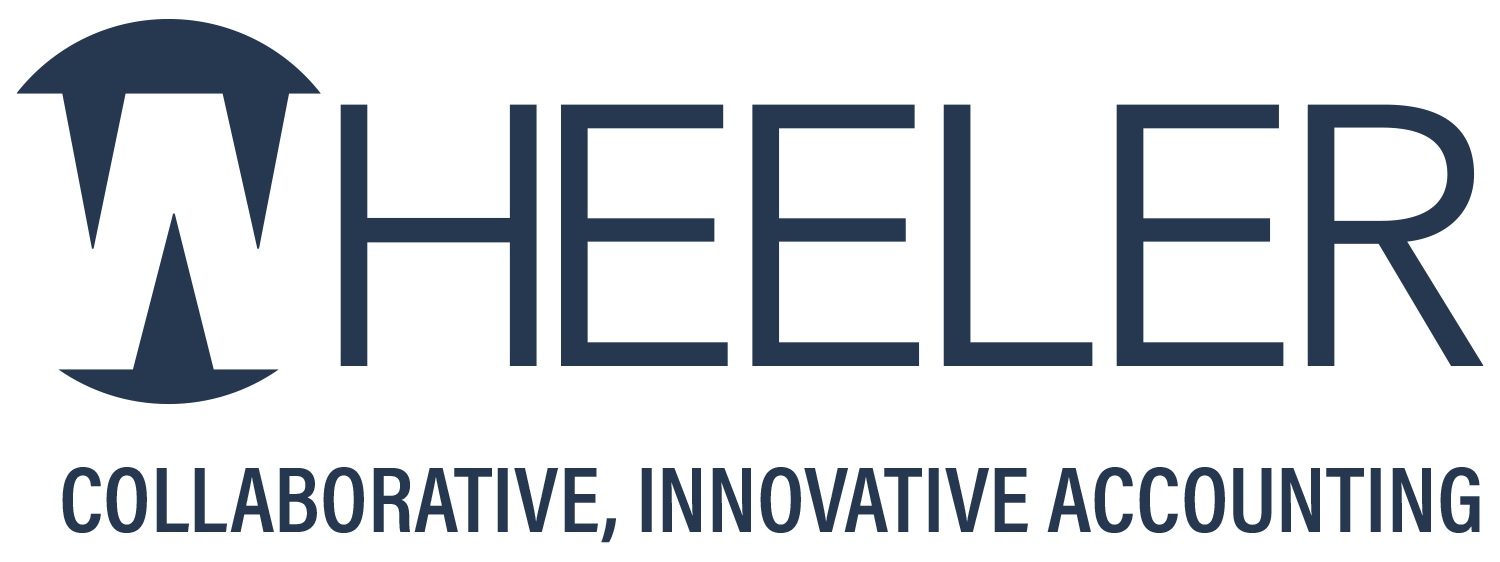
If you’re thinking about helping a child or grandchild pay for school, you’re not alone, and you’re not without help. While families have always saved for education, Section 529 plans have made it easier and more tax-efficient.
Tax Advantages
With a 529 plan, your contributions grow tax-deferred, and no taxes are due when the money is used for qualified education expenses. These include postsecondary school expenses such as tuition, mandatory fees, books, supplies, computer equipment, software, internet service and, generally, room and board (for students enrolled at least half-time). Contributions aren’t deductible for federal purposes, but many states offer tax breaks or matching grants for contributions.
Contributions to a 529 plan may be shielded from gift tax by the annual gift tax exclusion, which for 2025 is $19,000 per recipient ($38,000 for joint gifts by a married couple). You can even choose to front-load five years’ worth of annual exclusion gifts into a 529 plan contribution in a single year. For instance, you and your spouse can contribute up to $190,000 per recipient in 2025, exempt from gift tax. Any excess contributions can potentially be made gift-tax-free under the federal gift and estate tax exemption ($13.99 million in 2025).
529 Plans Gain Flexibility
Before the Tax Cuts and Jobs Act (TCJA), the tax exclusion for qualified expenses was strictly limited to postsecondary education. The TCJA expanded this tax break to $10,000 of tuition per year at an elementary or secondary public, private, or religious school.
More recently, thanks to the SECURE Act, you may use up to $10,000 in a 529 plan to repay the beneficiary’s student loans, plus another $10,000 to repay student loans held by the beneficiary’s siblings. It also allows 529 funds to pay for apprenticeships (for example, classroom instruction at a community college).
In addition, under SECURE 2.0, from 2024 forward, up to $35,000 (lifetime limit) in unused 529 plan funds can be rolled into a Roth IRA for the beneficiary, subject to various rules.
Also, changing how financial aid is calculated on the Free Application for Federal Student Aid (FAFSA) form may help grandchildren. Gifts from grandparents to 529 accounts no longer affect the allowable aid.
Finally, legislation has been proposed that would allow tax-free 529 plan distributions for even more types of education-related expenses. Contact the office for the latest information.
408-252-1800
Photo by ronnachaipark from Freerange Stock.
